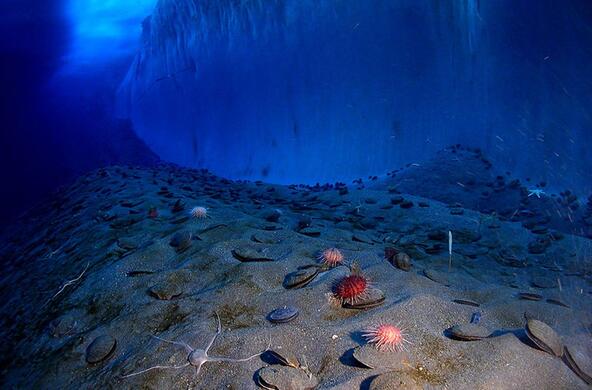The United Nation’s Intergovernmental Panel on Climate Change (IPCC) indicates that we must substantially reduce emissions from burning fossil fuels and simultaneously increase removal of carbon dioxide from the atmosphere by land and ocean reservoirs.
A recent executive order recognizes the importance of mature and old-growth forests in limiting climate change and makes their conservation a national policy. It also sets ambitious goals for the Forest Service and Bureau of Land Management (BLM), including “to conserve our mature and old-growth forests on Federal lands and restore the health and vibrancy of our Nation’s forests.”
Forests play an important role in mitigating climate change, with their carbon storage and accumulation in biomass that can serve as a carbon bank for decades to centuries. Forests are doing this now and require no development and scaling of technological solutions for removing carbon from the atmosphere — something that has already cost the nation billions with little progress. Although this may change with the $430 billion in new tax credits, the timeframe for substantially reducing atmospheric carbon dioxide is 10 to 30 years to keep global temperature below 1.5 degrees Celsius, the threshold to avoid the worst impacts of climate change.
“Technology versus nature” should not be thought of as an either-or solution. We need both on the table, but we need to let forests do substantially more by protecting mature and old forests from logging, particularly on public lands where most of them exist and permanence is achievable. For example, harvesting forests accounts for the largest percentage of tree biomass mortality in the western U.S. compared with beetles and wildfire. Protection of half the forestland in the region could triple the amount of biomass carbon that is currently protected, accounting for response to climate change.
The essential metric for climate mitigation by forests is the amount of carbon stored per acre in aboveground live and dead biomass, known as carbon density. It is determined by measurements of diameter and height of each tree, something that is already measured on federal inventory plots.
Because mature and older forests accumulate and store the greatest amount of carbon over time, they could be defined as those with medium to high carbon per acre among stands of similar species composition within an ecoregion. Ecoregions are delineated on the basis of major soil and climate influences on ecosystem carbon processes.
Similarly, a benchmark such as medium to high amounts of critical habitat and species richness can be used to define mature and old forests that are high-priority areas to protect biodiversity. Ecoregion-based management ensures habitat and species are protected in each ecoregion, which would enhance resilience to climate change. This approach identifies priority mature and older stands to conserve for vital functions within each forest type and ecoregion.
The 13 agencies involved in the U.S. Global Change Research Program are charged with producing the first ever assessment report on the condition of nature in the United States. To do so will require updated measurements of plant and animal species richness and habitat quality in a measurement system that is co-located or coincides with the forest inventory. This is a much-needed activity to understand how climate change and disturbances are impacting species in forests at different developmental stages across the country, and to ensure that actions taken do not lead to species losses or impact the ability of species to move to new areas where they can survive and thrive under climate change.
These actions would address the executive order, “enlisting nature to address the climate crisis with comprehensive efforts to deploy nature-based solutions that reduce emissions and build resilience.” Importantly, it would pave a way to deliver on key commitments from the United Nations climate summit COP26.





